How To Save a Dying Fish?
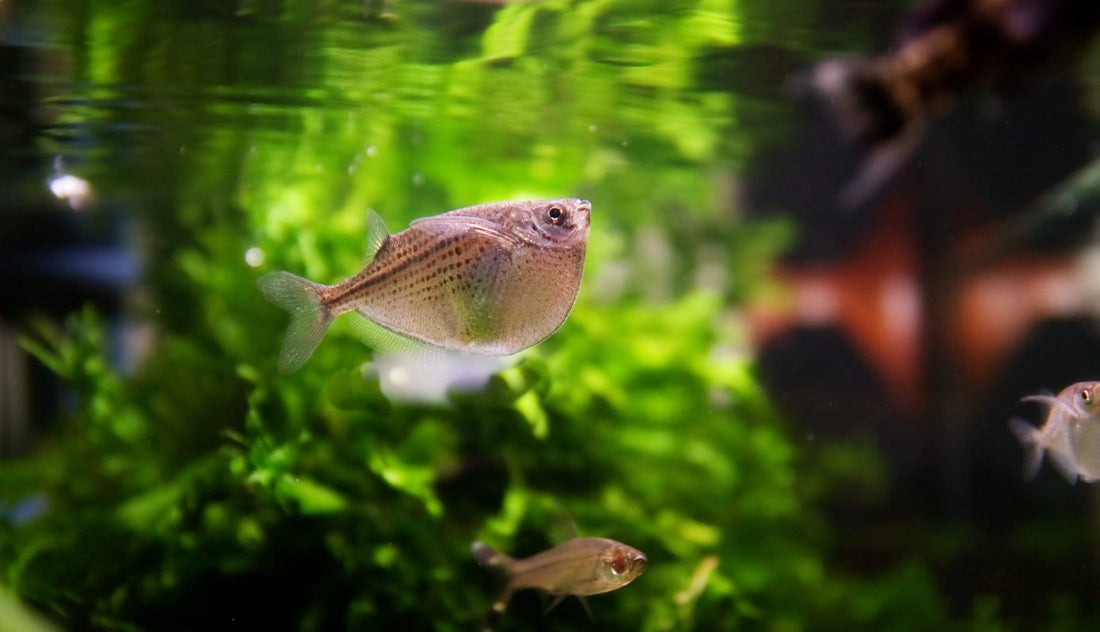
Eventually, the worst comes to pass for all of us. You wake up one day to find that one of your pets seems to be dying, and you ask yourself: how to save a dying fish? Even if every other fish in the tank seems fine, a dying fish means it’s time to take a closer look at your system.
So what to do when your fish is dying? As it turns out, you have a few things to check. And correcting any one of these could save your fish’s life before it’s too late!
What are the Aquarium Water Conditions?
The first thing you should always do when you have a dying aquarium fish is to check out your water parameters. I do this even when I am sure that the cause is something else, such as disease or an injury. Poor water conditions can weaken the immune system of fish, leading to them getting sick easier.
Sudden pH Swings
Sudden pH swings are rare but they can happen, to devastating effect. A sudden change in pH can wipe out an entire aquarium of sensitive fish.
pH swings typically happen when you add a large amount of water that has a different chemistry from what is already in your tank. Tap water in most countries, for example, is usually hard (high dissolved mineral content) and alkaline (pH 7.0+).
Adding a large surge of this water to a tank that has soft, acidic (pH <7.0) can cause many fish to feel severe stress. Remember, the chemical pH scale is a logarithmic one. Each change in rating, such as pH 5.0 to 6.0 is a tenfold change.
And jumping two degrees is a hundredfold change! Therefore, it is easy to shock fish with water that is too chemically different, even with a moderate water change.
Nitrate Toxicity
Nitrate toxicity is one of the most common issues I hear about in a fish tank. Nitrates are the end result of the aquarium nitrogen cycle. Ammonia is converted first into nitrite and then into nitrate. Nitrate then accumulates in your aquarium water until you perform a water change (or plants use it as fertilizer).
Nitrates are the least toxic nitrogenous waste product – but they aren’t harmless. At concentrations of 30-40+ ppm, nitrate toxicity can form. Fish will hang out near the surface as their blood stops conducting oxygen effectively.
Their gills may take on a brownish color and they will show little interest in food. The cure for nitrate toxicity is to immediately test your water and perform a large enough water change to bring levels down.
High Ammonia Levels
High ammonia levels are another common reason why your fish might be dying. Ammonia is a waste product released by fish. It also comes from rotting food that doesn’t get eaten.
Ammonia is poisonous to most animals and only low levels are needed for gill and skin damage to show up. Frayed fins, staying near the surface, and eventually death will result if ammonia levels don’t change.
New aquariums often have trouble processing ammonia as the beneficial bacteria that eat it have not been established. This is called “new tank syndrome.” If your aquarium setup is brand new, you will need to intervene with frequent water changes and testing to keep ammonia levels under control.
Since new tank syndrome is so dangerous, many aquarists also cycle their tanks using the fishless cycling method. By using bottled ammonia you can ensure none of your pets get sick and start out with a full population of fish!
Check Your Fish's Body For Signs of Illness or Injury
Another reason your fish is dying might be because of a disease or injury it has suffered. Checking on the physical appearance of your fish should be a daily task. You can do it while feeding them or just about any other time.
Major Signs of Illness or Injury to Watch Out For:
- Missing scales or eyes
- Damaged fins
- Thickened slime coat
- Cloudy eyes
- Patches of fungus or spots of ich
- Discolored patches of skin
- Fish swimming in an unusual way
By catching a disease symptom early you can isolate a sick fish before the illness has a chance to spread. A 5-10 gallon quarantine tank is good to have on hand. You can medicate a sick fish without causing stress to sensitive animals that live in your main display tank. And a slow-moving sick fish can be fed without it having to compete with other fish for food.
Swim bladder disease (also known as SBD) is a common affliction among aquarium fish. It is caused by a disruption in the fish’s swim bladder, which affects its ability to float and/or control its movements in water. Symptoms of swim bladder disease can include an inability to remain afloat, floating upside-down or sideways, and unusual swimming patterns. As SBD progresses, the fish may also become less active and exhibit breathing difficulties. The exact cause of swim bladder disease is unknown but it can be caused by a variety of factors including poor diet, infection, or genetic disorders.
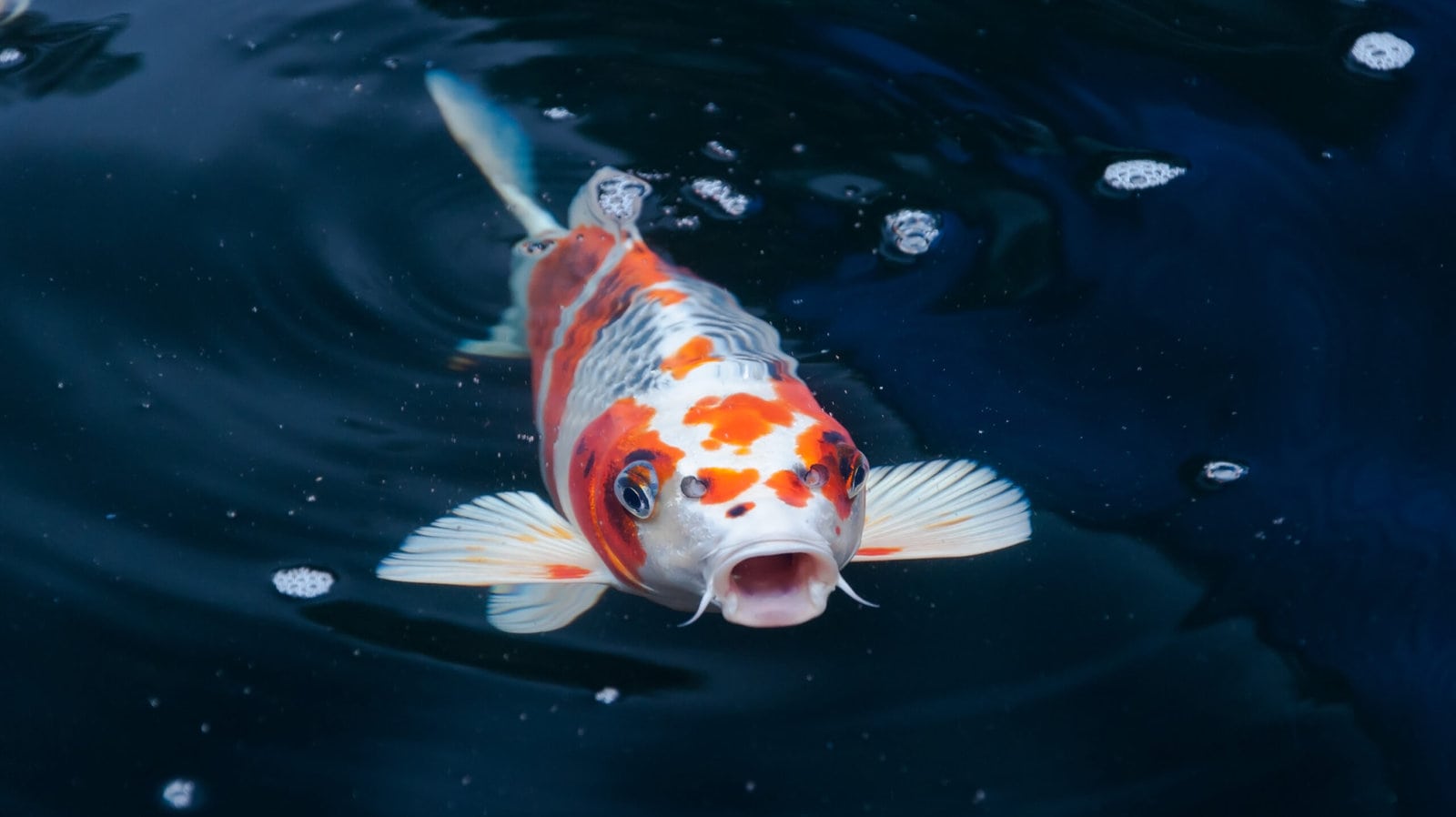
Is Your Aquarium Well Oxygenated?
Low oxygen levels are one reason why a fish may act like it’s dying. When fish have trouble breathing they start to minimize their activity. As oxygen levels continue to drop, most of the fish in the tank will hang out near the surface.
Even bottom dwelling fish may start hanging out at the top of the tank. Since this is where oxygen diffuses into the water the concentration is highest there.
If your aquarium has little water turnover, no bubbler, and/or is highly populated with fish, adding an aerator will help add oxygen to the water. Heat waves can also heat up the water dangerously. Even tropical fish can suffer in hot weather because warm water holds less oxygen than cold water does.
Are there any Aggressive Tank Mates?
Last, take some time to study the behavioral dynamics of your pets. If one fish is being constantly chased and bullied it can become severely stressed. Even if it’s not being bitten it may be too shy to eat or spend time out in the open.
Cichlids and other aggressive fish will often attack non-related fish. But usually fish aggression is directed towards others of their own kind, especially for bettas. Betta fish, Gouramis, and Red Tail Sharks are also fish that will sometimes chase unrelated tank mates.
How To Save a Dying Fish
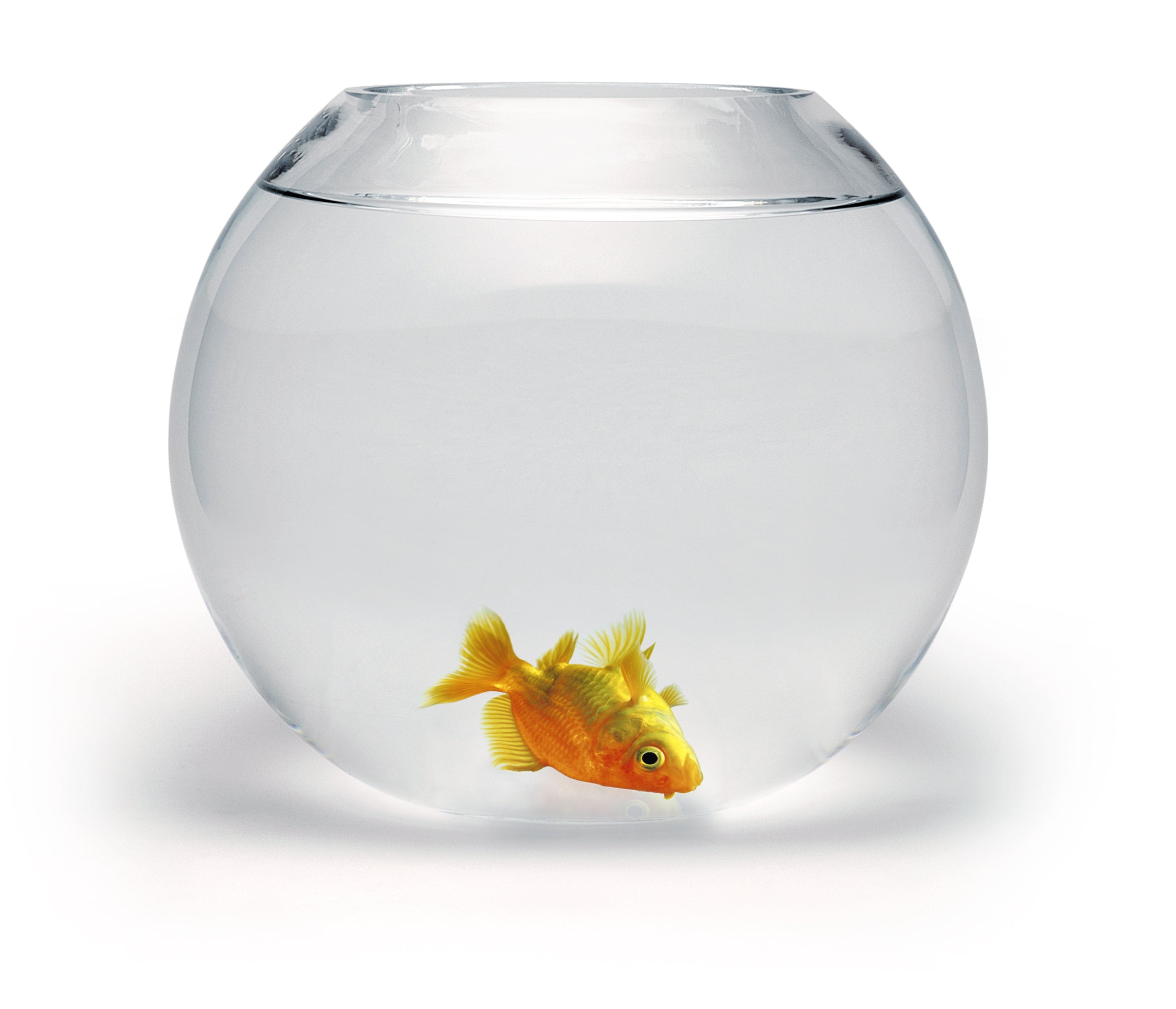
- Move the fish to quarantine tank
- Change the water in your main tank
- Increase aeration in the tank
- Adjust the temperature if necessary
- Feed small amounts of live or frozen food multiple times a day
- Treat with medication if appropriate
- Monitor water parameters and watch for signs of improvement
- If all else fails, euthanize humanely when necessary
By following these steps hopefully you’ve found just the right strategy in this care guide to help your fish bounce back from the brink of death!
No comments

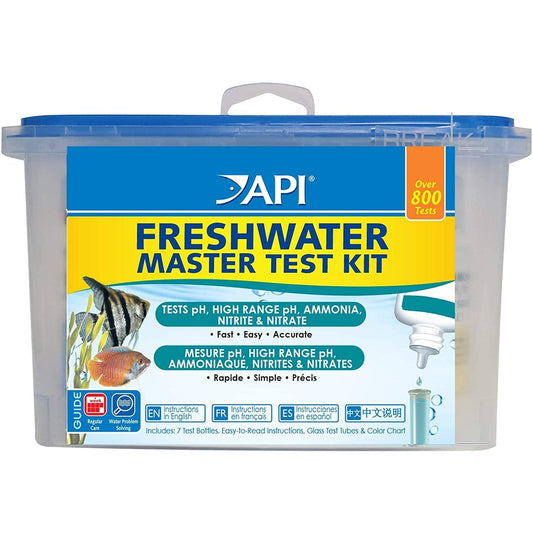
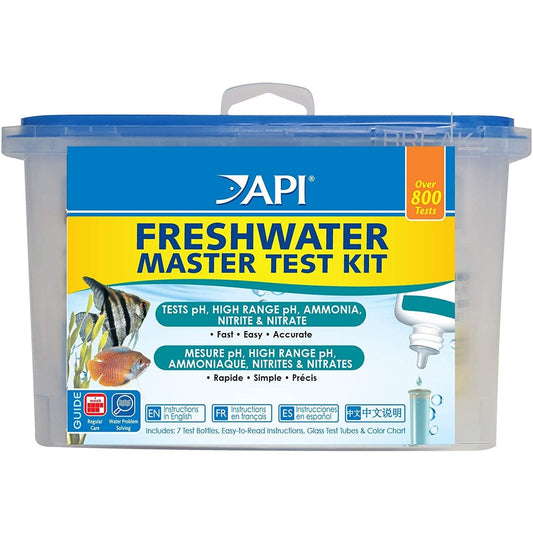
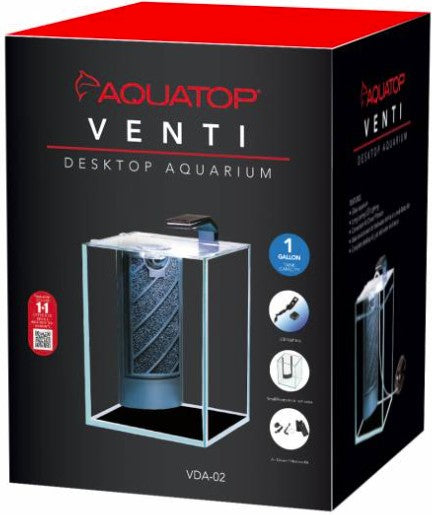



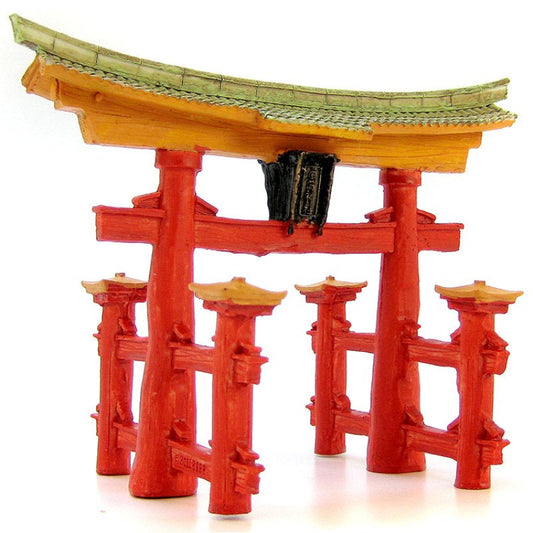


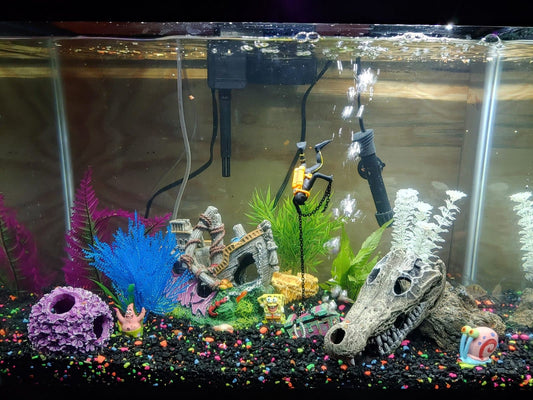


0 comments